A special exhibition of bejeweled artworks by the master goldsmith features three Imperial eggs and more than 200 other exquisite objects.
It has been 120 years since the Maison Fabergé made its first sales trip to London. Why did it choose London back then and not Paris? After all, Paris was the spiritual home of high jewelry and the Franco-Russian Alliance had been finalized a few years earlier. And, to celebrate the Alliance, the Pont Alexandre III, bridging the Seine, had opened in time for the 1900 Exposition Universelle de Paris where Fabergé was awarded the prestigious Légion d’Honneur.

“The greatest genius of our time”
In 1901, however, the United Kingdom had a new king and queen, and a new era of frivolity and fancy attracted enormous wealth to London. Queen Alexandra was already known as much for her love of Fabergé as she was for sporting swathes of pearl and diamond dog collars, wrapped around her neck like scarves to cover a tiny birthmark. She was, of course, the sister of the Dowager Tsarina Maria Feodorovna, for whom the first Imperial Egg was created in 1885 and who introduced Carl Fabergé to the British Royal Family as “the greatest genius of our time,” with an endless supply of sumptuous and spectacular gifts.
Two years later, in 1903, to satisfy the demand of its ever-growing clientele, Fabergé opened its first office in London. In May of that year, Prince George ensured the maison’s immediate success with the purchase of “about 43 of his lovely things,” as recorded in his diary. But as Kieran McCarthy, curator of the Victoria & Albert Museum’s “Fabergé in London: Romance to Revolution” exhibition explains, initial introductions were imperative. “Fabergé’s business was all about introduction. You had to be introduced to know it existed. You could be walking on the street and you’d have no idea that Fabergé was upstairs. It was incredibly exclusive,” he says.
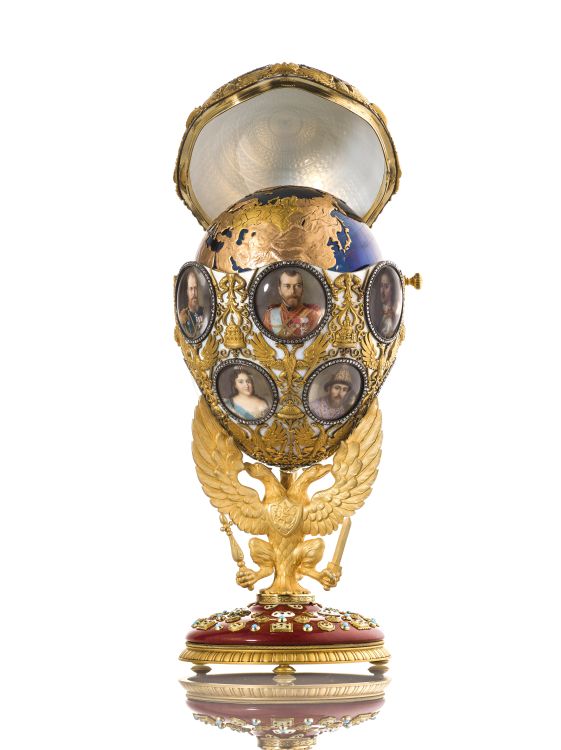
The go-to for Royal gifts
By 1911, all that had changed. There was a mania for all things Russian sweeping through the city: Diaghilev’s Ballet Russes was at Covent Garden and a large emigrant community looked upon Fabergé, with its new prominent boutique and grand facade at 173 Bond Street, as their home away from home. And Prince George was now King George V.
The giving of gifts in Edwardian England (throughout the years until WWI) was almost as compulsory as kowtowing to the king and, despite the initial need for an introduction, Fabergé quickly became the go-to for all presents exchanged between the Royal Family, the aristocracy, and the ever-growing new monied elite.
The Royal Collection comprises more than 800 pieces by Fabergé, most of which were gifts from the Royals or to them. Eighty of these spectacular pieces scintillate in the display cases of the museum’s exhibition, including three Imperial Eggs — the Basket of Flowers Egg, the Colonnade Egg, and the Mosaic Egg. Imperial Eggs were those made for the Dowager Tsarina or her daughter-in-law, Empress Alexandra, and were never gifted to the British Royal Family. They were purchased in the 1930s by George V and Queen Mary.
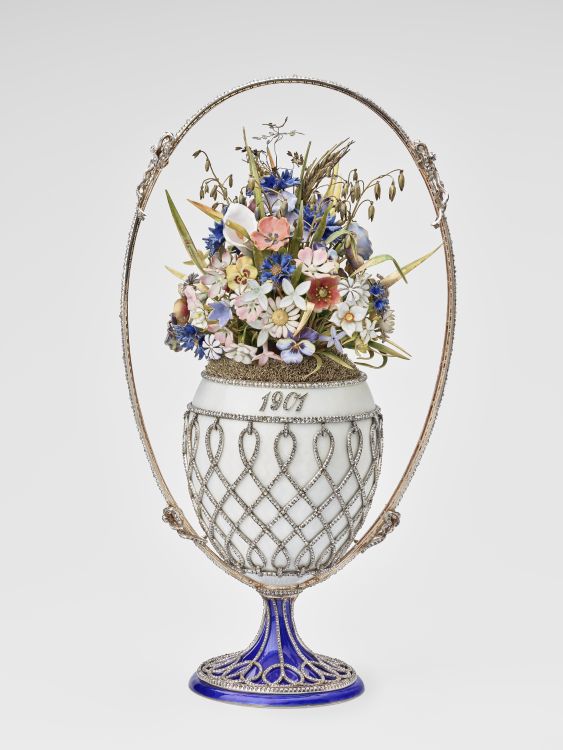
Exhibition highlights
A three-color gold cigarette case with a ruby cabochon clasp and “EA” in diamonds. A 40th wedding anniversary present from Dowager Tsarina Maria Feodorovna to Edward VII.
A Branch of Roses, a flower study created in nephrite, rock crystal, enamel, gold, and diamonds, was a 1907 gift to Queen Alexandra from Russian diplomat Stanislas Poklewski-Koziell, who also presented her with a pair of Chrysanthemums in 1908.
A 1908 Fabergé cigarette case featuring gold, guilloché enamel in royal blue, and diamonds set in the form of a serpent, known as an Ouroboros, to represent everlasting love. A present to Edward VII from Alice Keppel, it was returned to Mrs Keppel on the death of the king in 1910. The case was eventually given to Queen Mary in 1936 to be part of the Royal Collection of Fabergé.
The Mosaic Egg, made by Alma Pihl in 1913-14, is one of the most bejeweled pieces in the whole exhibition. Myriad multicolored gemstones, including moonstones, pearls, and traditional precious gems are set in a platinum lattice to imitate embroidery, a pastime of Alexandra Feodorovna.
“Fabergé in London: Romance to Revolution” takes place at London’s V&A Museum until May 8, 2022.
Listen to the curator Kieran McCarthy discuss Fabergé in three exclusive episodes with Josie Goodbody on The Jewellerian podcast josiegoodbody/podcasts.
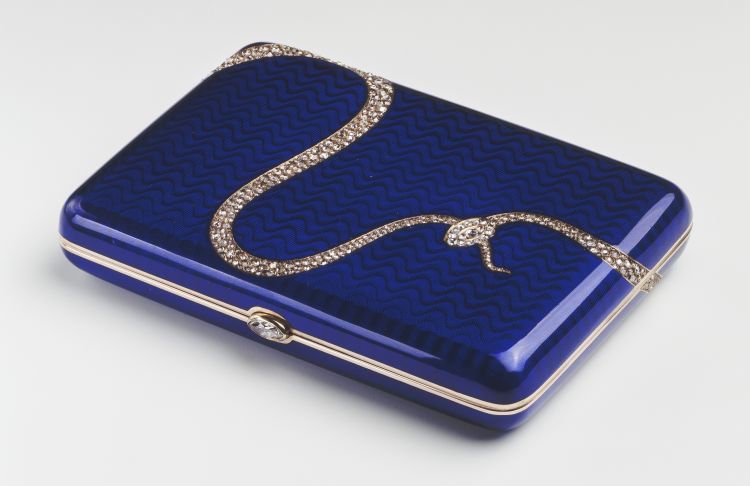
Main image: Aquamarine and diamond tiara in silver and gold by Fabergé/workmaster Albert Holmstrom, St. Peterburg, circa 1904. Photography courtesy of HMNS. Photographer Mike Rathke.

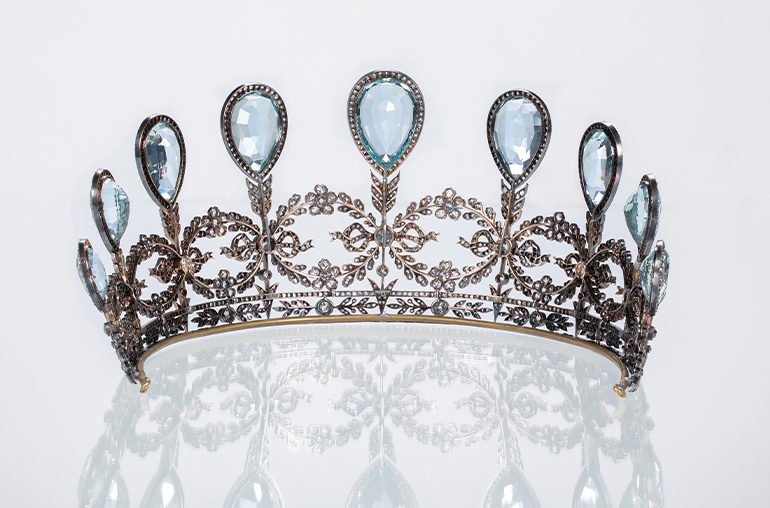
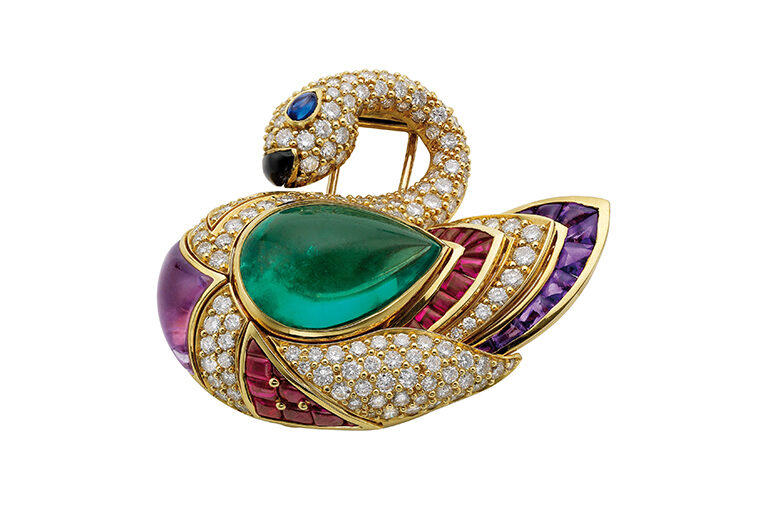
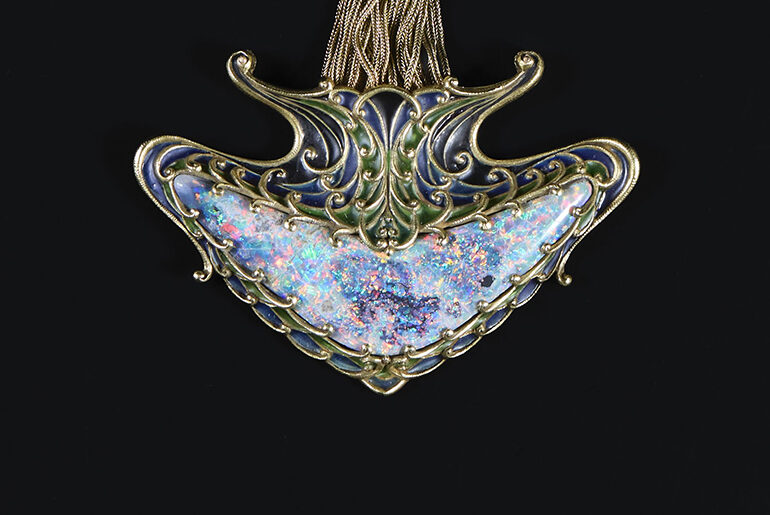
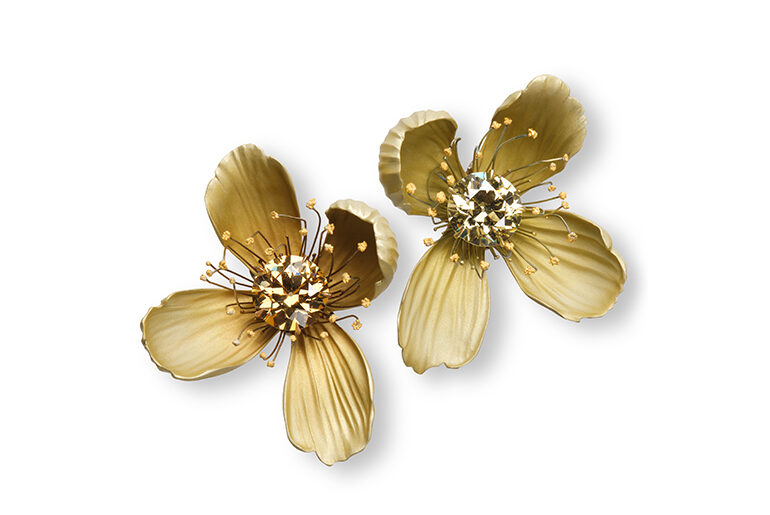
Comments are closed.